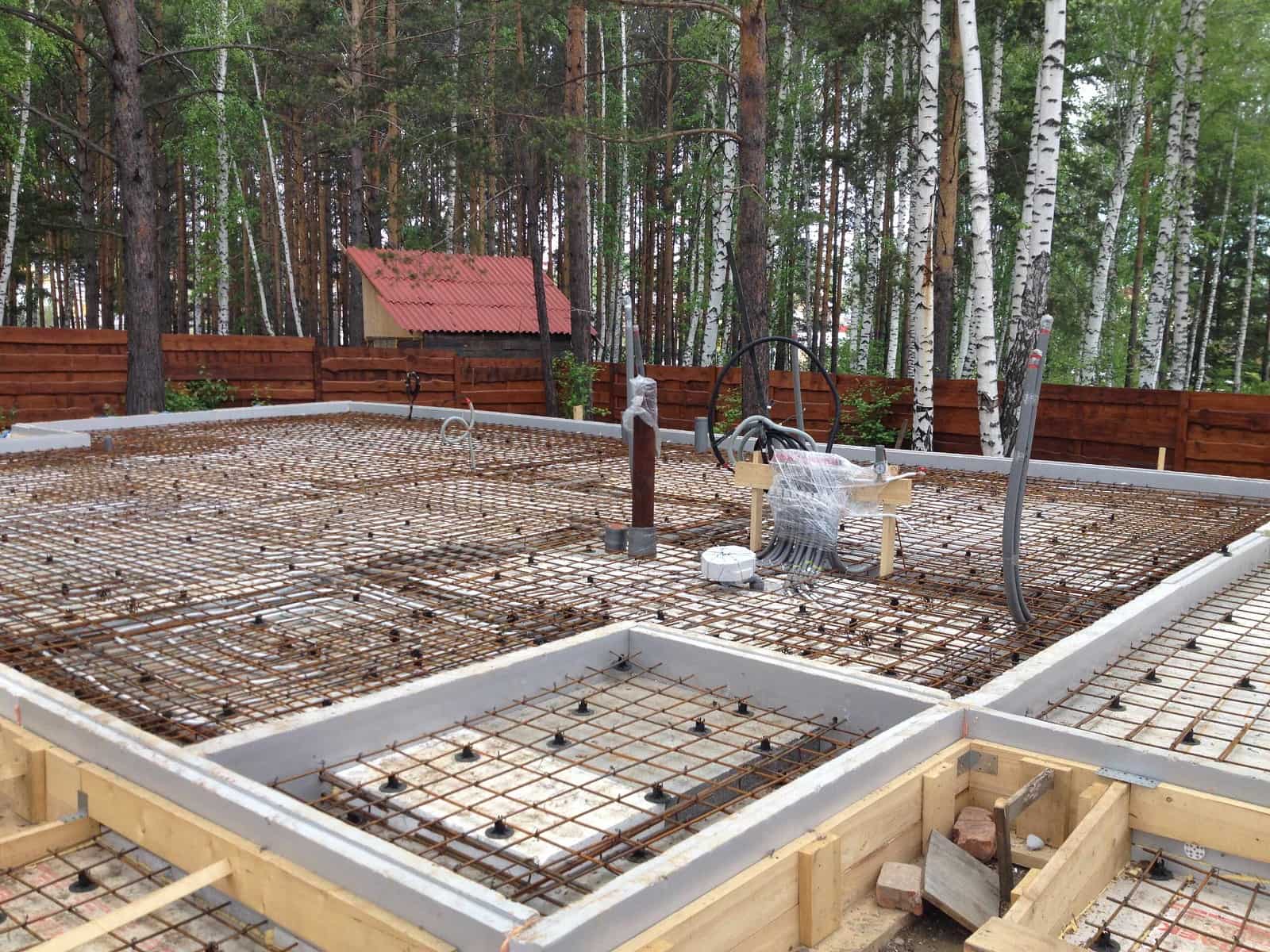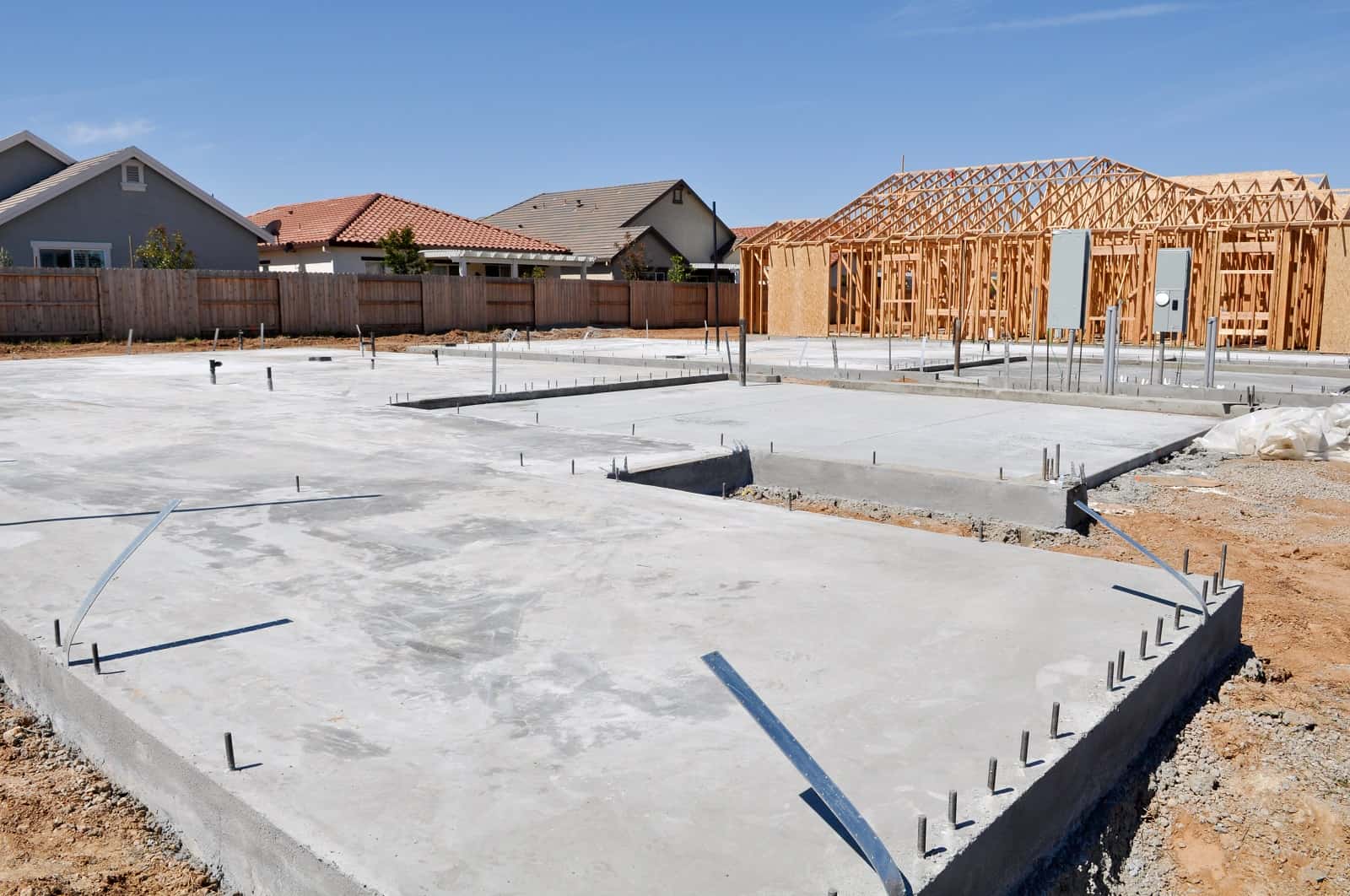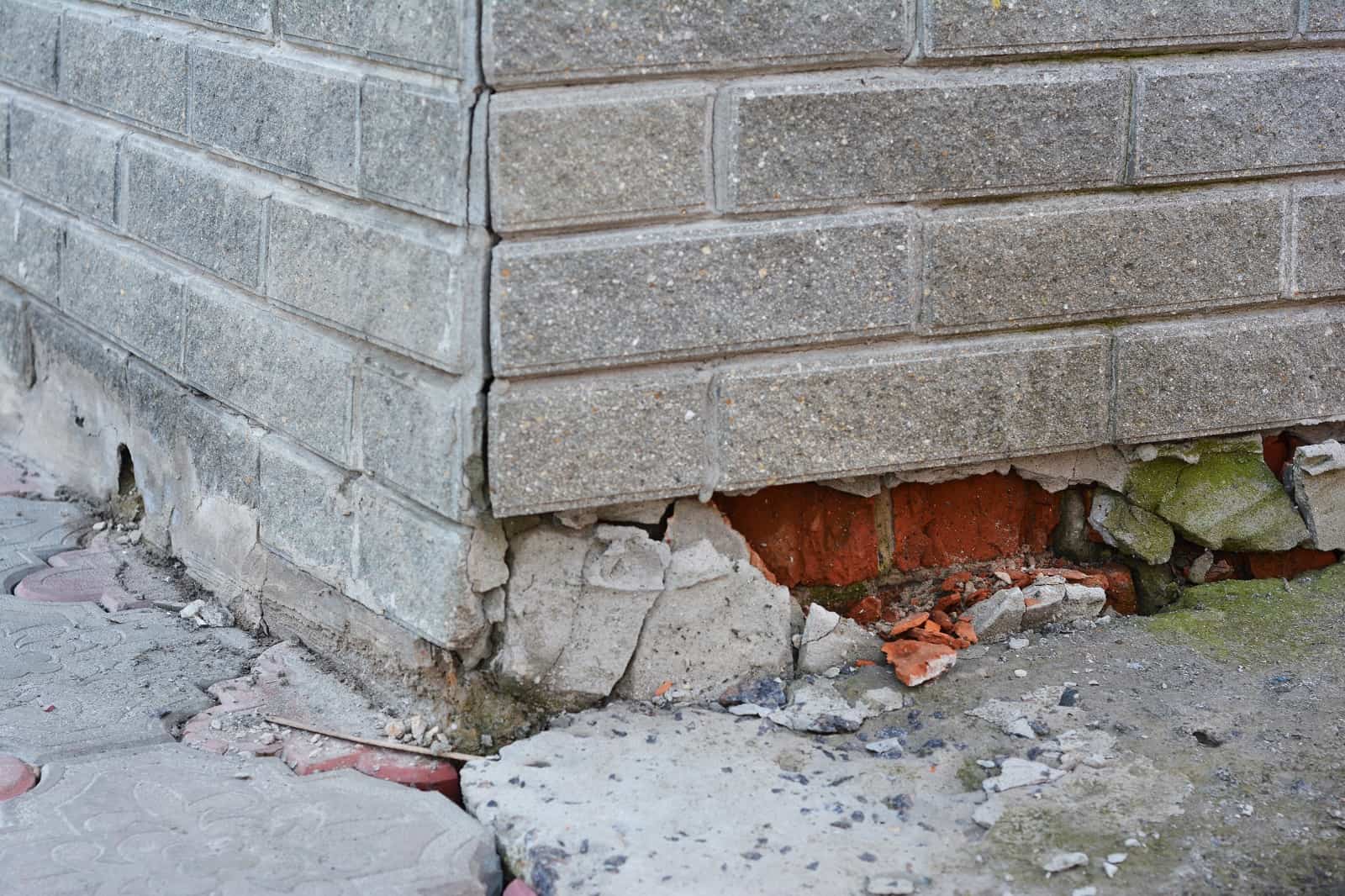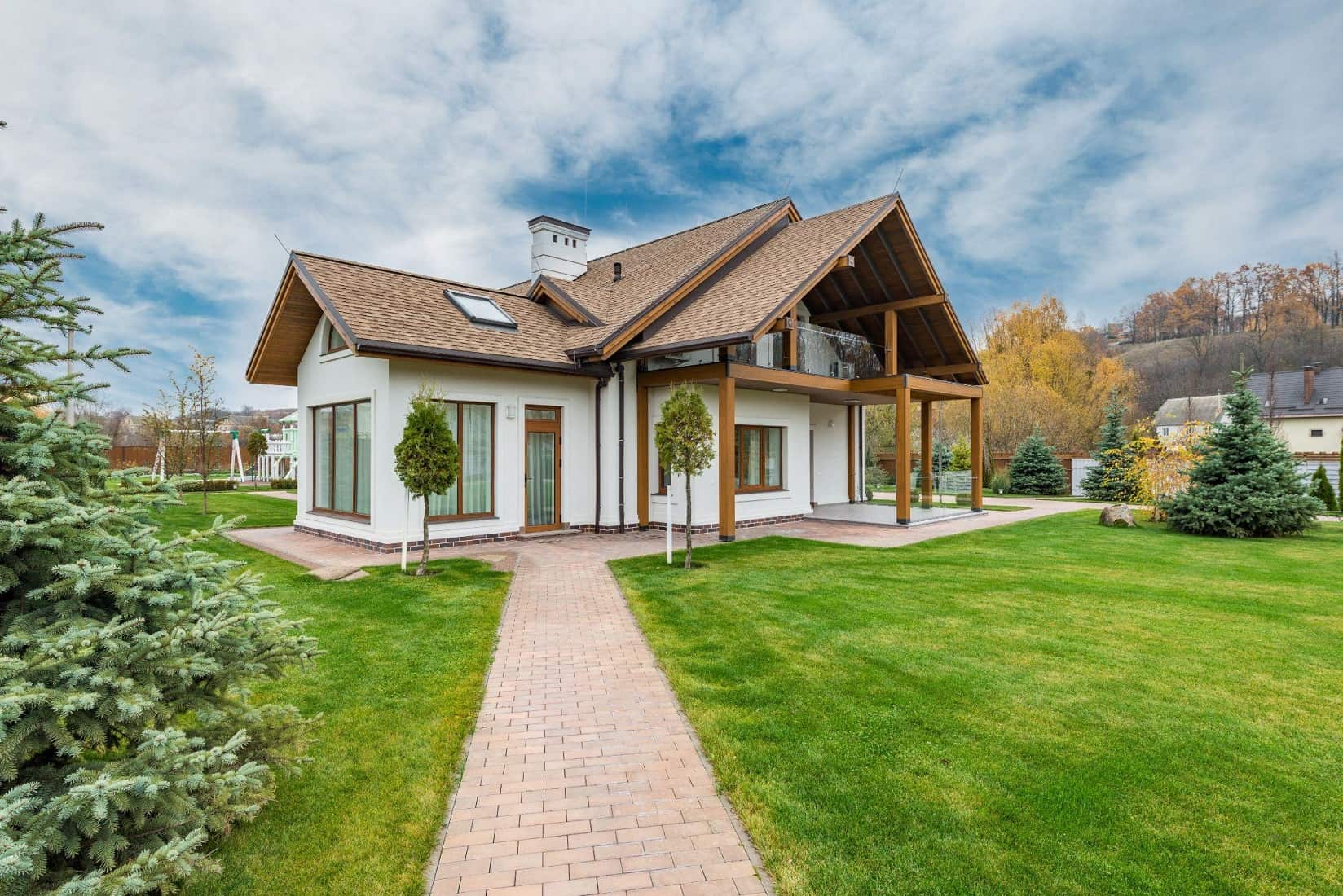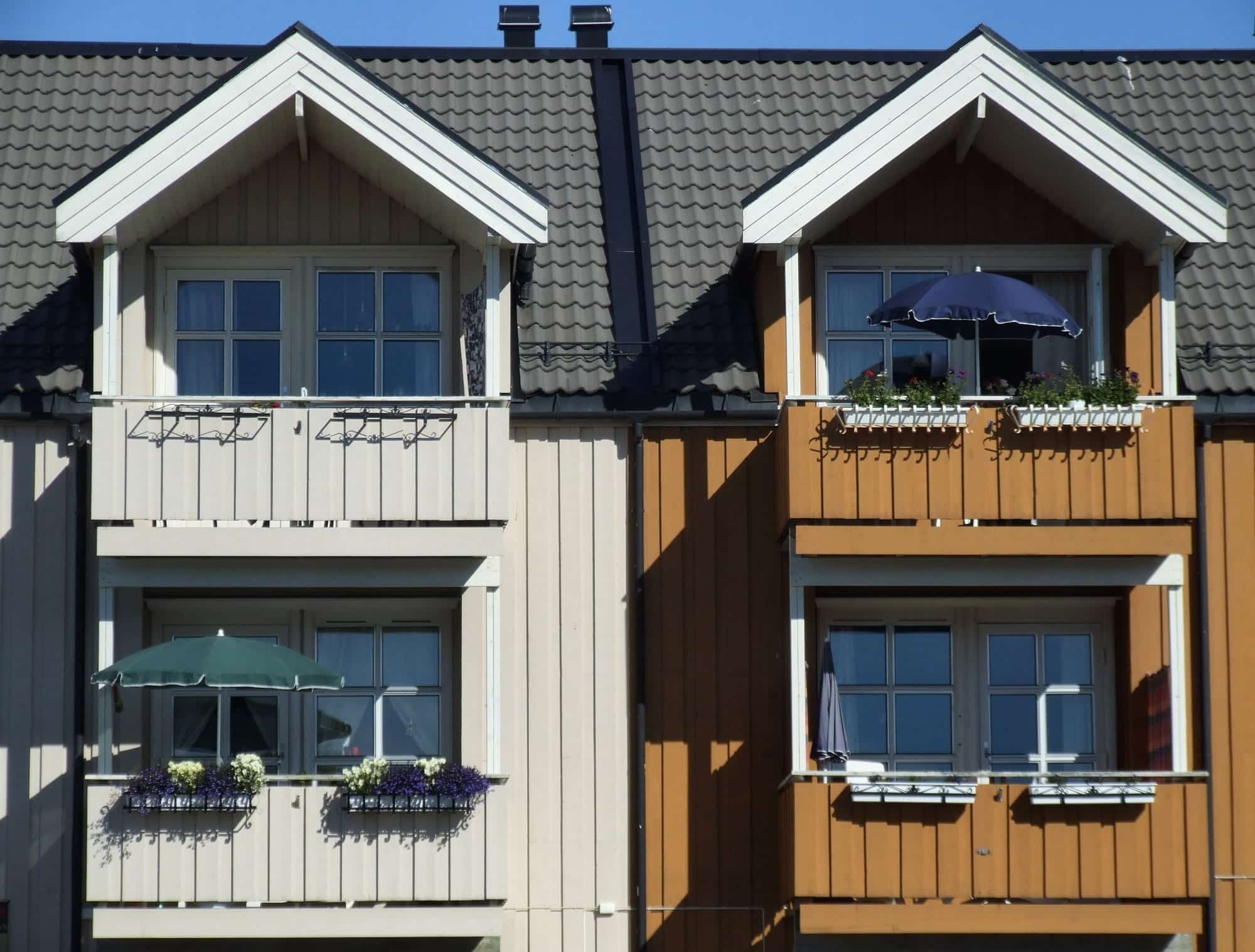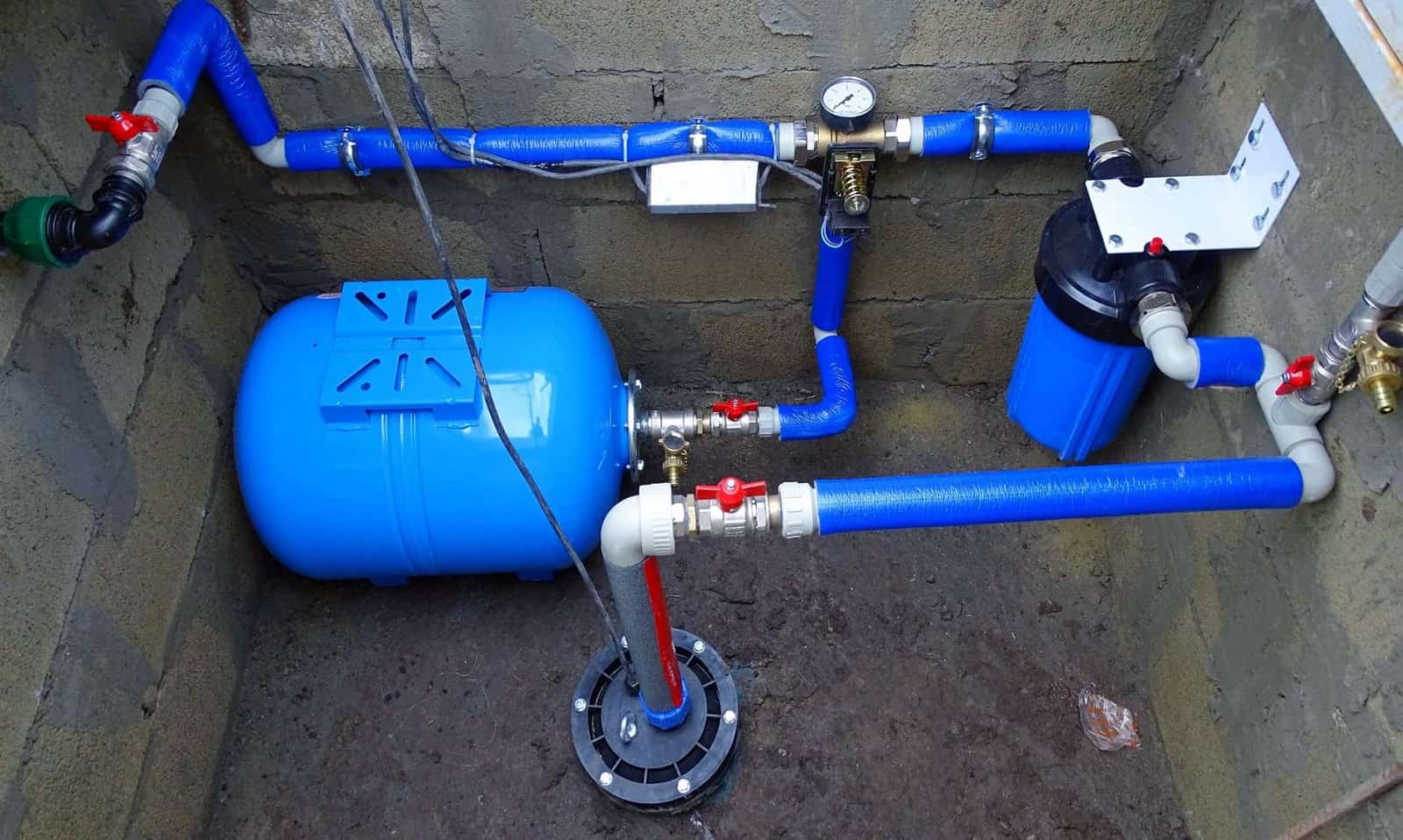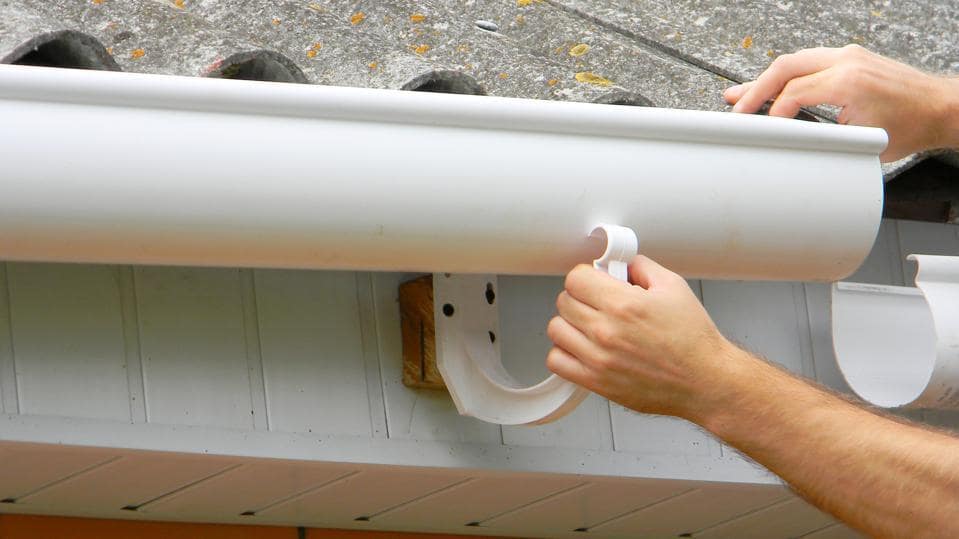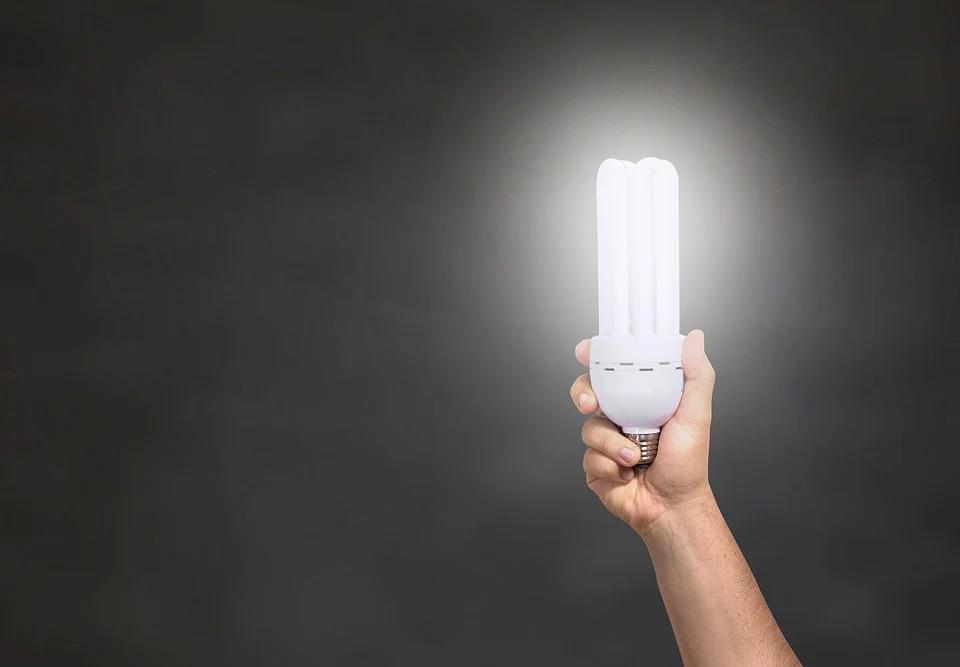The foundation of your home has a vital role in its overall structural integrity. When you overlook even a minor issue with the foundation, it’s likely to result in a significant and expensive ordeal to repair. Always remember that when it comes to the foundation, prevention is always the best approach.
In most houses, the majority of foundation issues are due to water. Excessive water will cause the soil to swell, and if there’s a drought, the soil will shrink. Both scenarios can result in problems in the foundation, primarily when the shrinking or swelling affects one section of the foundation. Another concern is soil erosion due to poor drainage, leading to foundation problems in the long run.
Selling your house with foundation damage can be a drawback for potential buyers. With this in mind, being familiar with the usual causes of foundation damage will help you make the right move. Here are the leading causes of foundation damage.
Shrinking Of The Soil Under The Foundation
During drought conditions, the soil under your home’s foundation will shrink once it dries out. Once this occurs, the ground’s support pulls away from the foundation, resulting in instability and the likelihood of shifting away. When the foundation starts to move, you’ll notice the formation of cracks in the ceilings, walls, floors, and even issues when opening the windows and doors.
The drying of the soil can also occur if trees draw water away. The ground starts to shrink, pulls away from the foundation, and leads to structural issues. If you live in areas prone to warm, dry weather or droughts, it’s best to water both the yard and trees. Doing so will prevent the soil from excessively drying out and pulling away from the foundation.
Poorly Constructed Foundation
The type of soil in which the foundation rests plays an essential role in its overall integrity. When clay soil is present, it swells once it soaks up water and shrinks when releasing moisture. Excessive swelling and shrinking can place significant stress on the foundation.
The foundation might also end up with issues when it rests on more than one soil type. Problems will arise when one soil type holds water while the other can’t, resulting in a differential settlement, leading to structural damage in the long run.
There are several solutions to ensure that the foundation remains structurally sound on any soil:
- Amending or strengthening the soil with an injection of chemical grout can solidify loose soil.
- Pre-construction helical piles or piers transfer the load of the structure to the soil to ensure better support.
Swelling Of The Soil
On the other hand, if the soil soaks up large amounts of water, it can also cause problems with the foundation. Once the water saturates the ground, it begins to swell and expand. The soil will push toward the foundation and cause crack formations on the floors, walls, and ceilings. In some cases, the floor will start to slope due to the upward movement of the soil underneath.
Excess moisture in one section of the foundation can lead to compaction or erosion of soil, resulting in uneven support beneath the foundation.
The water can originate from various sources, such as heavy rainfall, plumbing leaks, flooding, broken sewer lines, or melting snow. The surface water must move away from the foundation. The gutters and downspouts in your home should be free of debris to prevent water from overflowing close to the foundation of your home. When your home has an issue with pooling water near the foundation, it’s best to install French drains.
Soil Erosion By Poor Drainage
The poor drainage on your property can result in excessive soil saturation, which eventually leads to soil erosion. Once this occurs, the foundation of your home becomes unstable, such that the walls will start to buckle, or the structure starts to tilt.
The drainage issues can be due to various factors, such as:
- Flowing water from the roof and pooling near the foundation
- Gutters and downspouts with blockage. The downspouts should have the right angle to prevent water from pooling close to the foundation and destabilize the soil. The addition of extensions for the downspout can help avoid the accumulation of water as well.
- Water can pool in low areas in your yard after heavy rains. The standing water can steadily erode the supporting layers of soil and limestone under the surface, resulting in the formation of sinkholes.
It’s crucial to find ways so the water will flow away from your home to avoid most of these problems. Some of the suitable solutions include French drains and water run-off systems.
Conclusion
Once you start to see cracks on the floor, walls, and ceiling, the foundation of your home is likely to develop problems. Being familiar with the usual causes of foundation damage will serve as a helpful guide to prevent issues from getting worse. Timely action for foundation problems is vital to prevent significant structural issues and costly repair jobs.

